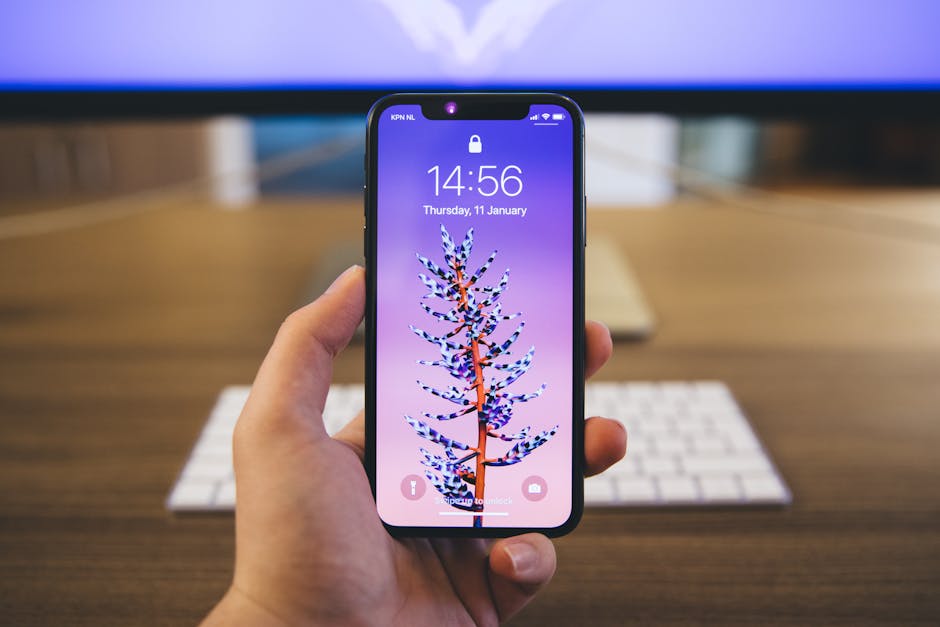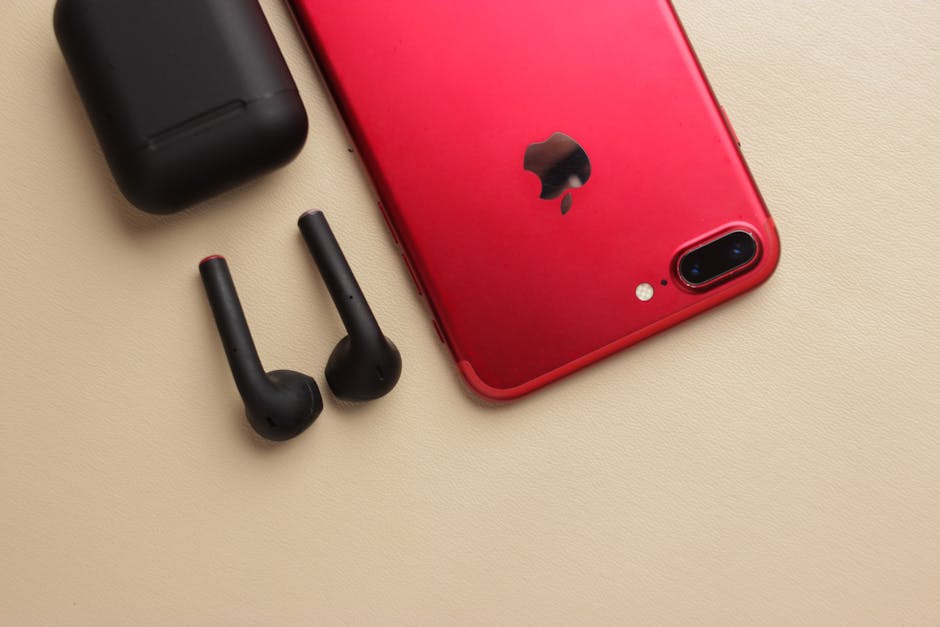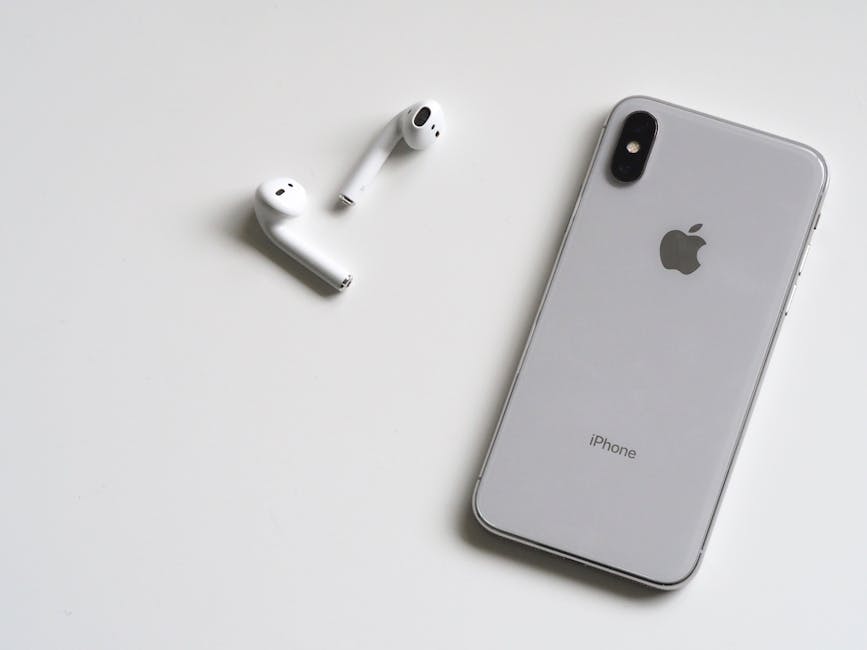A seamless mobile experience is often sought after, and a key element in achieving this is understanding the evolution of the chrome app for android and its impact on how we interact with the web on our devices. The Chrome browser, a mainstay on desktops, has also brought its powerful features to Android devices through its mobile application, but its functionality and relation to “apps” has shifted over time.
This article will explore the history of Chrome’s application ecosystem on Android, its current features, and the future of web-based experiences on mobile devices. We’ll delve into topics such as Progressive Web Apps (PWAs), the role of Chrome in running them, and alternatives for enhancing your mobile browsing.
Understanding the Evolution of Chrome Apps on Android
Chrome Apps, as a distinct category, initially aimed to bridge the gap between web applications and native mobile apps. These early iterations offered functionalities like offline access and deeper integration with the operating system. However, the landscape has shifted considerably.
The original concept of packaged Chrome Apps is largely being phased out, with Google focusing its efforts on Progressive Web Apps (PWAs). This shift reflects a broader trend towards web-based solutions that can deliver app-like experiences without the need for separate installation.
The Chrome browser on Android now primarily functions as a powerful engine for running web content, including PWAs. It’s no longer about installing “Chrome Apps” in the traditional sense, but rather about leveraging Chrome’s capabilities to access and interact with web-based applications.
How Chrome Powers Web Apps on Android
Chrome plays a vital role in enabling web apps on Android. It provides the runtime environment, rendering engine, and APIs necessary for these applications to function correctly. Its constant updates and security patches ensure a stable and secure experience.
Rendering Engine: Chrome’s Blink rendering engine is responsible for interpreting and displaying web content, including HTML, CSS, and JavaScript. JavaScript Engine: The V8 JavaScript engine executes the code that powers the dynamic elements of web apps. Web APIs: Chrome exposes a range of web APIs that allow web apps to access device features, such as the camera, microphone, and location services (with user permission, of course). Service Workers: Chrome supports Service Workers, which are essential for enabling offline functionality and push notifications in PWAs.
These components work together to deliver a smooth and responsive experience for users interacting with web apps on their Android devices. Chrome’s continuous optimization ensures that web apps perform efficiently, even on lower-end devices.
Progressive Web Apps (PWAs): The Future of Mobile Web Experiences
Progressive Web Apps (PWAs) represent the modern approach to delivering app-like experiences through the web. They are web applications that are designed to be reliable, fast, and engaging. PWAs leverage modern web technologies to offer features traditionally associated with native apps, such as:
Offline Functionality: Service Workers allow PWAs to function even when the device is offline or has a poor network connection. Push Notifications: PWAs can send push notifications to users, keeping them informed and engaged. Add to Homescreen: Users can add PWAs to their homescreen, creating a shortcut that launches the app in a full-screen mode. App-Like Interface: PWAs can be designed with a user interface that closely resembles native apps.
Chrome on Android fully supports PWAs, making it easy for users to discover, install, and use these applications. The browser automatically detects when a website meets the criteria for a PWA and prompts the user to add it to their homescreen.
Optimizing Your Website for Chrome on Android: PWA Best Practices
If you’re a website owner or developer, optimizing your website for Chrome on Android is crucial for delivering a great user experience. Here are some best practices to follow:
- Make it Responsive: Ensure that your website is responsive and adapts to different screen sizes and resolutions. Use CSS media queries to adjust the layout and styling based on the device’s characteristics.
- Prioritize Performance: Optimize your website for speed. Minimize HTTP requests, compress images, and leverage browser caching.
- Implement HTTPS: HTTPS is essential for security and is also a requirement for PWAs.
- Use Service Workers: Implement Service Workers to enable offline functionality and push notifications.
- Create a Web App Manifest: The Web App Manifest is a JSON file that provides information about your PWA, such as its name, icon, and start URL.
- Test Thoroughly: Test your website on different Android devices and Chrome versions to ensure compatibility and optimal performance.
By following these best practices, you can create a website that delivers a seamless and engaging experience for users on Chrome for Android.
Alternatives to Chrome Apps for Android: Exploring Other Browsers
While Chrome is the dominant browser on Android, there are other options available that offer different features and benefits. Exploring these alternatives can provide a richer browsing experience.
Firefox: Firefox is another popular browser that is known for its privacy features and customization options. Brave: Brave is a privacy-focused browser that blocks ads and trackers by default. Samsung Internet: Samsung Internet is the default browser on Samsung devices and offers a range of features, including ad blocking and video assistant.
These browsers also support PWAs and offer similar functionalities to Chrome. Choosing the right browser depends on your individual needs and preferences.
The Future of Chrome and Mobile Web Experiences
The future of Chrome and mobile web experiences is likely to be driven by advancements in web technologies and the increasing importance of PWAs. We can expect to see:
Improved Performance: Chrome will continue to optimize its rendering engine and JavaScript engine to deliver even faster and more responsive web experiences. Enhanced Web APIs: New web APIs will be introduced to provide web apps with access to more device features, blurring the line between web and native apps. Increased PWA Adoption: PWAs will become even more prevalent as developers realize the benefits of building web-based applications that can deliver app-like experiences. AI Integration: Chrome may integrate AI-powered features to enhance browsing, such as personalized recommendations and intelligent content summarization.
The evolution of Chrome and mobile web experiences is an ongoing process, and we can expect to see exciting new developments in the years to come.
Chrome App Alternatives: Native Android Apps
While PWAs offer a compelling alternative, native Android apps still hold a significant place in the mobile ecosystem. Native apps are developed specifically for the Android platform and offer deeper integration with the operating system and access to device features.
Performance: Native apps typically offer better performance than web apps, as they are compiled into machine code and can directly access hardware resources. Features: Native apps can access a wider range of device features than web apps, such as Bluetooth, NFC, and sensors. Offline Functionality: Native apps can be designed to function completely offline, without requiring an internet connection.
- App Store Distribution: Native apps are distributed through the Google Play Store, which provides a centralized platform for discovery and installation.
However, native app development can be more complex and time-consuming than web app development. It requires specialized skills and tools, and updates need to be distributed through the app store.
Conclusion: Embracing the Power of Chrome and Web Apps on Android
The chrome app for android has evolved significantly, transforming from a hub for packaged Chrome Apps to a powerful engine for running web content, particularly Progressive Web Apps (PWAs). The shift towards PWAs represents a strategic move towards delivering app-like experiences through the web, offering benefits such as offline functionality, push notifications, and add-to-homescreen capabilities. By understanding the role of Chrome in powering web apps and embracing PWA best practices, developers and users alike can unlock the full potential of mobile web experiences. Explore the possibilities of PWAs and discover how they can enhance your mobile experience today.
Related Articles
- How to Speed Up a Video on iPhone: A Comprehensive Guide
- How to Fax From iPhone: A Comprehensive Guide
- iPhone 7 Plus: A Retrospective Look at Apple's Dual-Camera Pioneer





